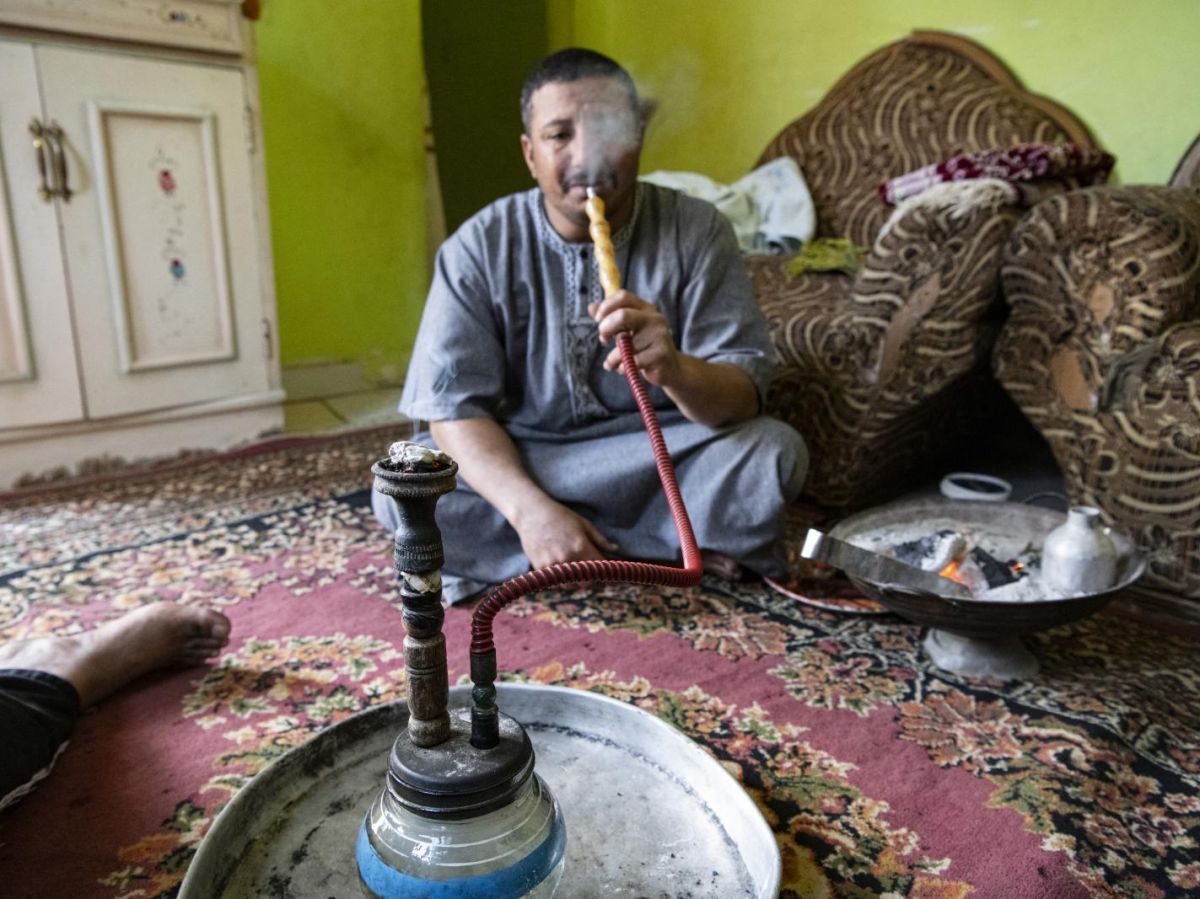Lung cancer, nasopharyngeal cancer, but also stomach and liver cancer are significantly more frequent among hookah smokers than among non-smokers and even cigarette smokers, reveals a large prospective study conducted in Vietnam and published in JAMA Oncology.
Researchers from Hanoi University of Medicine followed the development of more than 39,000 people in the north of the country for 10 years, particularly their consumption or not of tobacco in the form of cigarettes or shisha.
Triple risk for lung cancer
Exclusive use of the Vietnamese water pipe more than doubled the risk of dying from cancer compared to nonsmokers, a figure higher than that associated with cigarette smoking.
This risk was more than triple in the case of lung cancer and even quadruple for stomach cancer. This study was conducted in Vietnam, one of the countries where smoking is most widespread in the world and which maintains a particularly harmful local practice of shisha.
In fact, the tobacco used there is richer in nicotine and is consumed pure, unlike the typical product in Arab countries which is mixed with molasses. In both cases, a shisha session is particularly risky because it lasts about 40 minutes and corresponds in terms of nicotine to more than a pack of cigarettes.
A practice prohibited in France
Shisha, or hookah, allows many carcinogenic products from the smoke such as polycyclic aromatic hydrocarbons to pass into the lungs because they are not stopped by their passage through the water.
Vietnamese researchers are therefore calling on their country's health authorities to take the measures already in place to ban cigarettes in public places, display warnings and impose taxes.
Worldwide, the consumption and marketing of shisha are already banned in some African countries such as Mali, Togo or Senegal due to the risks of cancer but also cardiovascular and pulmonary diseases that it poses. Since 2006, its practice has also been prohibited in France in any enclosed place for collective use, whether associative or not, outside of specifically designed smoking rooms and a surface area limited to 20% of the establishment.


